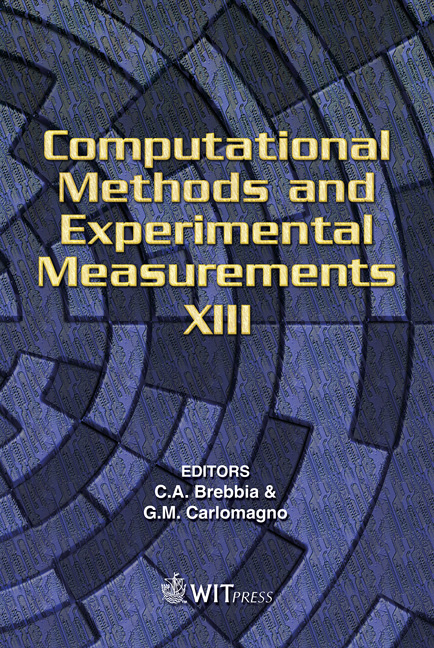Calculating The Dilution Between Successive Trainloads Of Iron Ore During Processing
Price
Free (open access)
Transaction
Volume
46
Pages
10
Published
2007
Size
942 kb
Paper DOI
10.2495/CMEM070861
Copyright
WIT Press
Author(s)
J. E. Everett
Abstract
Iron ore is railed several hundred kilometres from inland mines to port, where it is crushed and separated into lump and fines products for shipment to customers. During crushing, each trainload is sampled and assayed to measure the grade, in iron, phosphorus, silica, alumina and a number of other minerals. Trainloads from different mines are of systematically different grade. Accurate product grades for each trainload, from each mine, are required for production planning and quality control. During crushing each trainload is contaminated with ore from the preceding and possibly from the following trainloads, so that the reported grade is biased by this dilution from the neighbouring trainloads. Although the dilution effect has long been recognised, it has not previously been quantified and therefore has not been corrected for. This paper describes the development, verification and use of a non-linear regression model enabling the amount of dilution to be estimated, so that the diluted grades can be corrected to undiluted grades. Keywords: quality control, decision support, mining, non-linear regression, weighted least squares. 1 Introduction The quality of the ore product depends upon it closely matching target composition, not only in iron, but also in phosphorus, silica and alumina. The four critically important composition elements will be referred to as the vector {Fe, P, SiO2, Al2O3}. A number of other elements are also monitored. The customer blast furnaces are tuned to receive ore of the agreed target composition. Issues relating to quality control in iron ore production are discussed in [1,2].
Keywords
quality control, decision support, mining, non-linear regression, weighted least squares.





